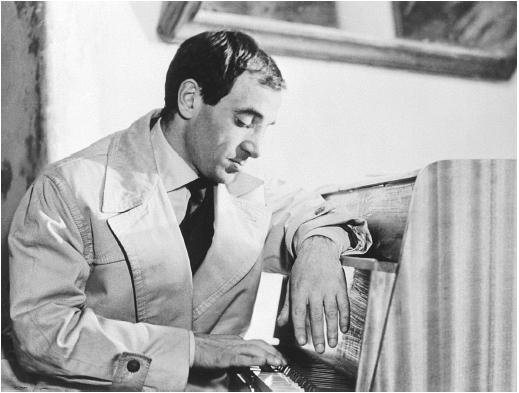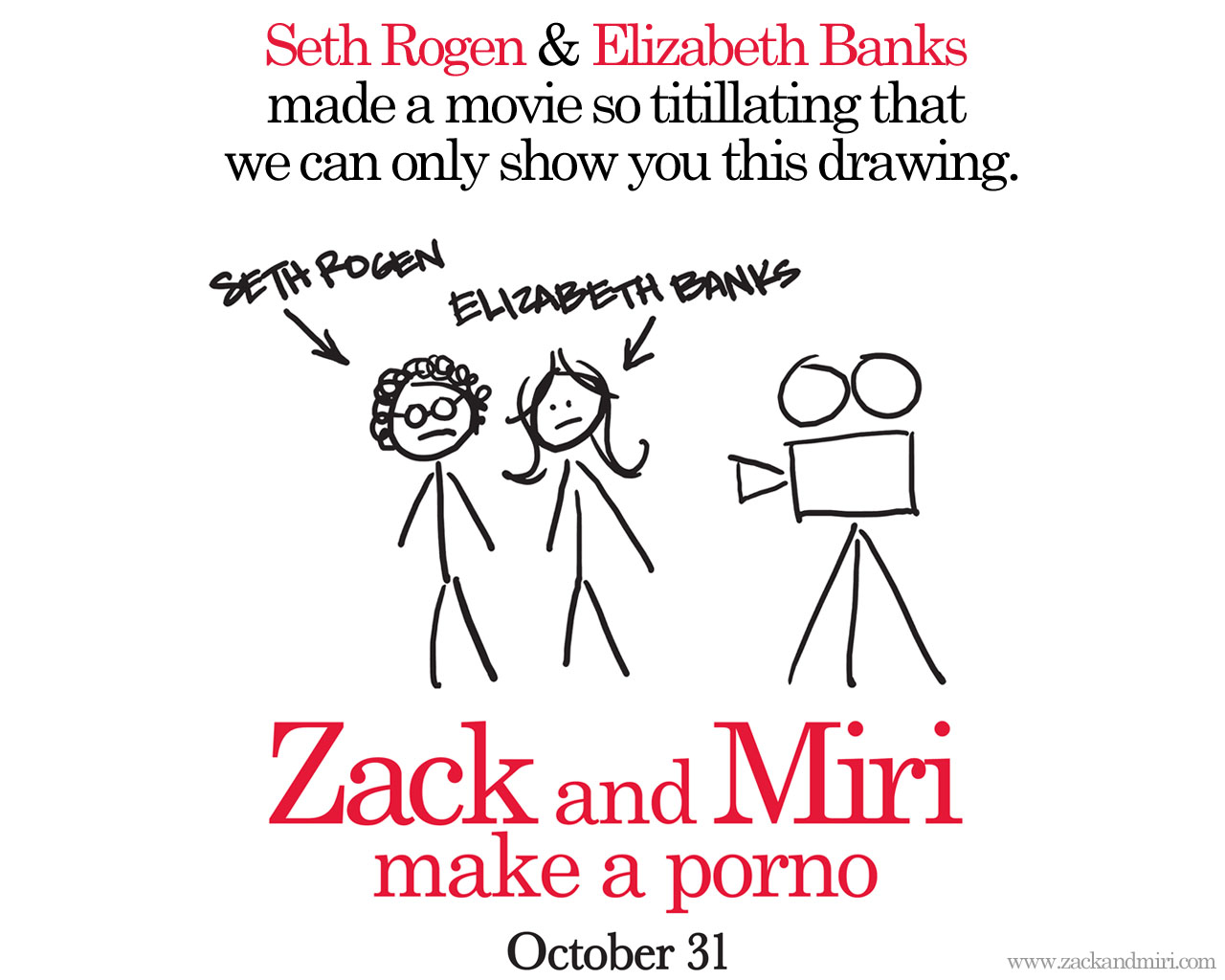Adaptation blurs the line between implied author and fictional character in complex ways that I’m not going to detail in this post, but I still constructed a separate implied author as I watched the film. I imagined a “real” Kaufman, above the discourse of the fictional Kaufman, carefully constructing this film about himself and the writing process. I loved the first half to two-thirds of the movie, where the character/author challenges the principles of screenwriting and conventional narration—I found it funny and original. But then it de-generates into ridiculous action as Kaufman embraces McKee’s ideas about what constitutes worthwhile stories (as he literally embraces the fictional McKee in a bar, clinging to his hopefully message that a good ending can save an otherwise problematic script).
Anyhow, it makes me wonder what Kaufman (the actual human, I suppose) is trying to say about the screenwriting manual approach, which the character of Donald clearly embodies. Obviously he resents it, Donald is a fumbling idiot, but as Kaufman looses his way with his attempt at innovative storytelling, he changes his mind and turns to Donald for help. The film’s style changes here, too. The swamp chase sequence plays out in a more conventionally, we no longer hear Charlie’s inner monologue. Is this a concession that ultimately every story does have some common ground and benefits from certain structural elements? What about the ending, where the audience goes back into Charlie’s head as he wraps things up and decides upon the end that we see?
Perhaps Kaufman finds a middle ground. By the time Donald dies, Charlie has embraced him. This death functions in the film almost like Charlie (perhaps the real Charlie here) killing off his own demon—the principle-based approach to screenwriting is no longer an antagonistic “other,” but a legitimized tool that Charlie can use in his work, along with his own innovation and ideas. I don’t like the ending, though. I admire the struggle of Charlie to do something completely different, and enjoy the humor that comes from his interactions with the bland corporate system that gives rise to authors like McKee. The third act of Adaptation is a cop out from a fascinating premise—fitting but frustrating.


